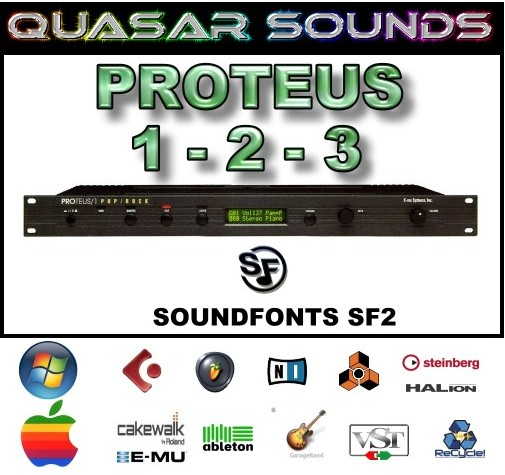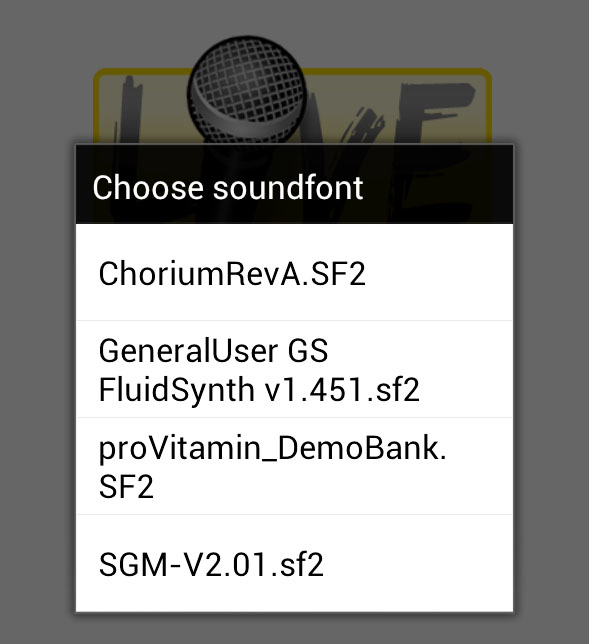
Leave the sub-directories and their contents as they are.
Sf2 soundfont install#
Install an SFZĪfter downloading an SFZ (see → below), you need to manually extract all the files that belong to the SFZ (the SFZ file(s) and all the sub-directories and other files) into the directory listed above. SFZĪn SFZ is a collection of files and directories, an SFZ file and a bunch of actual sound files in WAV or FLAC format, with the SFZ file being a text file that basically describes what sound file is located where and to be used for what instrument and pitch range. To uninstall a SoundFont, simply open the folder where its file is installed and delete it. Linux (Ubuntu): /usr/share/mscore-xxx/sounds/MuseScore_General.sf3 (with xxx being the MuseScore version) MacOS: /Applications/MuseScore 3.app/Contents/Resources/sound/MuseScore_General.sf3
Sf2 soundfont windows#
Windows 圆4 (64-bit) / MuseScore x86_64: %ProgramFiles%\MuseScore 3\sound\MuseScore_General.sf3

Sf2 soundfont free#
For a list of free soundfonts, see below. Many different Soundfonts are available on the Internet: some free, some commercial.

GM (General MIDI) is a universal format, so once your score is set up for correct playback using MuseScore's native Soundfont, you should be able to export it in a format of your choice and have it play back on any other user's computer.

MuseScore comes with its own GM ( General MIDI) SoundFont, MuseScore_General.sf3, containing over 128 instruments, sound effects and various drum/percussion kits. SFZ (.sfz): A set of audio and definition files containing one or more virtual instruments.SoundFont (.sf2/.sf3): A single file containing one or more virtual instruments.MuseScore supports virtual instruments in two formats: Audio playback is provided by MuseScore's onboard synthesizer, which houses a large selection of virtual (or software) instruments-including percussion and sound effects.


 0 kommentar(er)
0 kommentar(er)
